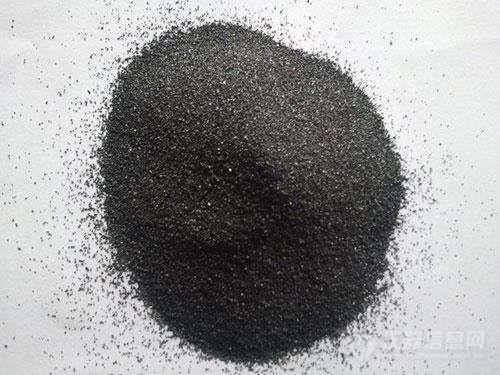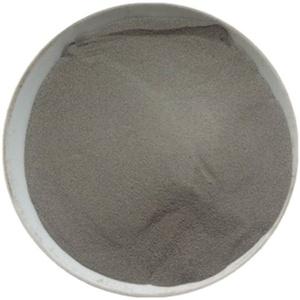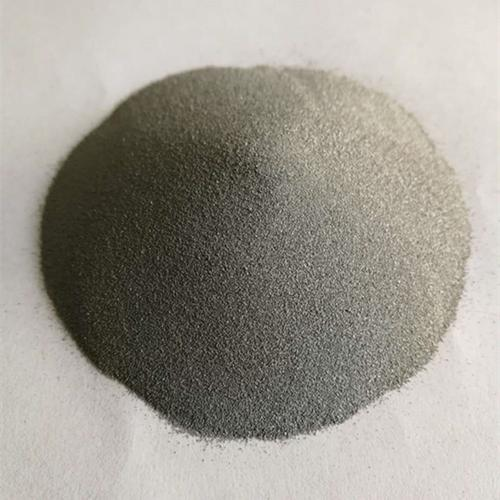The Art and Science of Powder Metallurgy: Crafting Metal Like Never Before
(How To Powder Metal)
Powder metallurgy transforms metal dreams into reality. Imagine building complex parts layer by tiny layer. This process shapes metal powders into precise components. Industries rely on it for everything from car engines to medical tools. Discover how powdered metal unlocks innovation.
**What is Powder Metallurgy?**
Powder metallurgy manufactures metal parts using fine powders. It starts with raw materials like iron, copper, or aluminum. These metals get crushed into particles finer than beach sand. Special presses compact the powder into shapes called “green parts.” Next, furnaces heat them just below melting point. This bonds particles permanently. No molten metal required. The result is a solid, ready-to-use component. This method wastes almost zero material. Traditional machining cuts away metal. Powder metallurgy uses nearly every grain. Efficiency defines this technology.
**Why Choose Powder Metallurgy?**
Powder metallurgy solves problems other methods can’t. Complex geometries? Easy. Think gears with internal teeth or porous filters. Creating these traditionally demands multiple steps. Powder metallurgy builds them in one press. Material waste drops below 5%. Cost savings add up fast. Unique alloys become possible too. Blending tungsten with copper creates heat-resistant electronics. Pure metals struggle here. Consistency matters. Parts emerge identical every time. Automotive giants trust it for engine bearings. Medical labs use it for sterile implants. Reliability drives adoption.
**How Does Powder Metallurgy Work?**
Four stages define the process. First, powder production. Gas or water atomization sprays molten metal into droplets. These cool into microscopic granules. Second, blending. Powders mix with lubricants like wax. This ensures smooth flow during pressing. Third, compaction. Hydraulic presses squeeze powder into molds. Pressures hit 100 tons per square inch. The compacted “green part” holds shape but crumbles easily. Fourth, sintering. Parts bake in hydrogen-atmosphere furnaces. Temperatures reach 80% of the metal’s melting point. Atoms diffuse across particle boundaries. Strength soars. Optional finishing includes oil-impregnation for self-lubricating bearings. Precision grinding refines dimensions.
**Applications of Powder Metallurgy**
Your car likely contains 20+ powder metallurgy parts. Transmission synchronizers shift gears smoothly. Oil pump rotors maintain engine pressure. Beyond autos, aerospace thrives on it. Turbine blades withstand extreme heat using nickel superalloys. Home appliances benefit too. Drill chucks and refrigerator compressors last longer. Healthcare leans heavily on this tech. Orthopedic implants bond with bone thanks to porous titanium. Surgical instruments stay sterile. Industrial filters trap pollutants in smokestacks. Even consumer gadgets rely on it. Smartphone vibration motors use compact magnetic cores. Versatility defines powder metallurgy’s reach.
**Powder Metallurgy FAQs**
*Is powder metallurgy strong?* Absolutely. Sintered steel parts match cast metal strength. Some alloys exceed it.
*What shapes work best?* Cylinders, gears, and bushings excel. Flat surfaces and thin walls simplify pressing.
*How precise is it?* Tolerances hit ±0.025mm. Secondary machining tightens further.
*Can it make large parts?* Yes. Industrial presses form components up to 5kg.
*What about corrosion?* Sintered stainless steel resists rust like wrought equivalents.
*Are costs lower?* Mass production cuts expenses 40% versus machining.
*Any material limits?* High-melting metals like tungsten work perfectly. Aluminum suits lightweight needs.
*How porous are parts?* Controlled porosity creates self-lubricating bearings. Oil fills microscopic gaps.
*Is it eco-friendly?* Near-zero waste and energy efficiency make it sustainable.
(How To Powder Metal)
*Future innovations?* 3D printing now layers metal powders into once-impossible designs.
Inquiry us
if you want to want to know more, please feel free to contact us. (nanotrun@yahoo.com)


